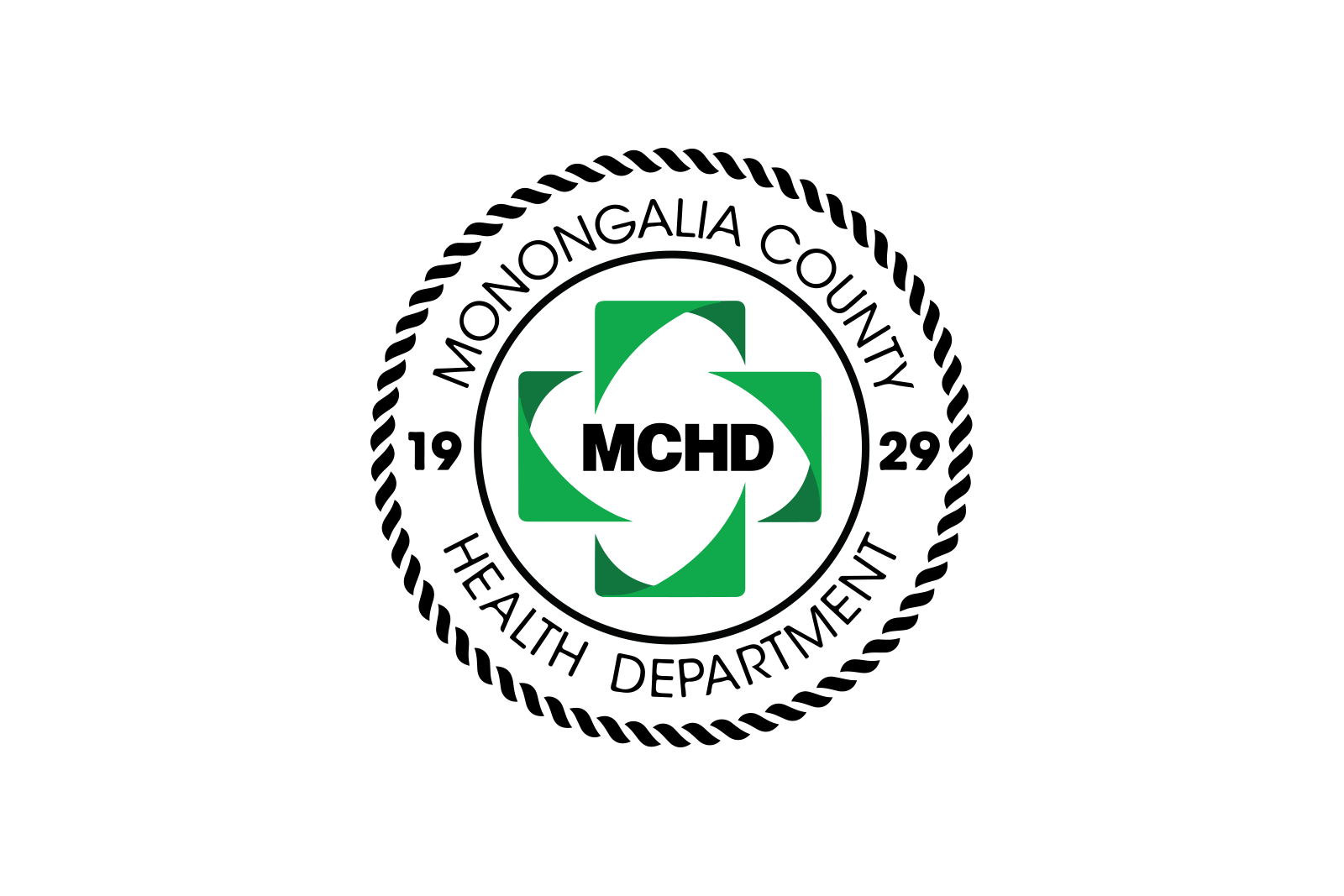Rabies vaccine baits will be distributed in Mon Co. Sunday through Wednesday

Aug. 22, 2024
Rabies vaccine baits will be distributed in Mon Co. Sunday through Wednesday
Monongalia County residents, especially those with pets that spend time outdoors, should be on the lookout for rabies vaccine baits that will be dropped and distributed in Monongalia County starting this weekend.
“If you find a bait, leave it where you found it, unless it’s in your yard or driveway,” said Todd Powroznik, Environmental Health program manager at Monongalia County Health Department. “If you do find any in those places, wear gloves and remove the baits, and put them in an area where raccoons and wild animals will find them.”
The U.S. Department of Agriculture’s Animal and Plant Health Inspection Service (APHIS) will conduct its annual distribution of oral rabies vaccine (ORV) baits from airplanes and helicopters on Aug. 24-25 over Monongalia County, Powroznik said. The bait drop takes place in several states up and down the East Coast.
Then sanitarians from MCHD Environmental Health will drive and walk around Morgantown and distribute baits by hand in grassy areas such as parks and beside the rail-trail on Tuesday, Aug. 27 and Wednesday, Aug. 28.
“This year, we have 1,400 baits to take around and distribute to a variety of locations around Morgantown,” Powroznik said.
The USDA supplies a grid followed by MCHD Environmental Health staffers, who place a specific amount of the baits in those areas while another employee uses a clicker to keep track of the numbers.
The baits contain rabies vaccine that raccoons and other wildlife consume in order to inoculate them against the fatal virus that can be passed on to other mammals, including humans and their pets, during chance encounters.
Monongalia County is one of the areas slated to receive three types of ORV baits that contain different vaccines. Two are wrapped in blister packs – one green and one white – and the other is encased in a brown coating. Some contain fishmeal to attract the wildlife, which dogs also might find appetizing. While not toxic or harmful, it’s not a good idea for dogs to ingest too many of them.
“Eating a large number might cause an upset stomach in your pet,” Powroznik said.
Dogs, especially those left unattended in a large yard near a field or woods, are especially at risk of encountering these ORV baits and gobbling them up. Owners are encouraged to inspect their yards periodically during this time to see if any of the baits have been dropped in their area.
“Having these baits in your backyard is preferable to your dog getting into a fight with a potentially sick raccoon, especially when owners are vigilant and inspect their property during this time of year,” Powroznik said.
Fortunately, studies have shown that most of the baits reach their intended recipients – raccoons and other wildlife – within four days. “They are all almost gone within a week,” Powroznik said.
USDA APHIS waits until late August to distribute the baits because that’s when raccoons and other mammals born in spring are old enough to eat them and be vaccinated against rabies.
Rabies is a viral disease found in mammals that attacks the nervous system, ultimately causing disease in the brain and death, according to the Centers for Disease Control and Prevention (cdc.gov). Upon the onset of symptoms, rabies is almost always fatal.
In 2019, Monongalia County had 20 reported cases of rabies, compared to one so far in 2024 in an incident shared with Preston County.
Because of the rising rates, Monongalia County Health Department officials asked the USDA to move the aerial line, which had moved west, back east to cover Monongalia County.
“That decision has been a tremendous help in reducing the rabies in this area,” Powroznik said. The ORV rabies bait distribution has been a huge success in Monongalia County.”